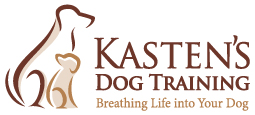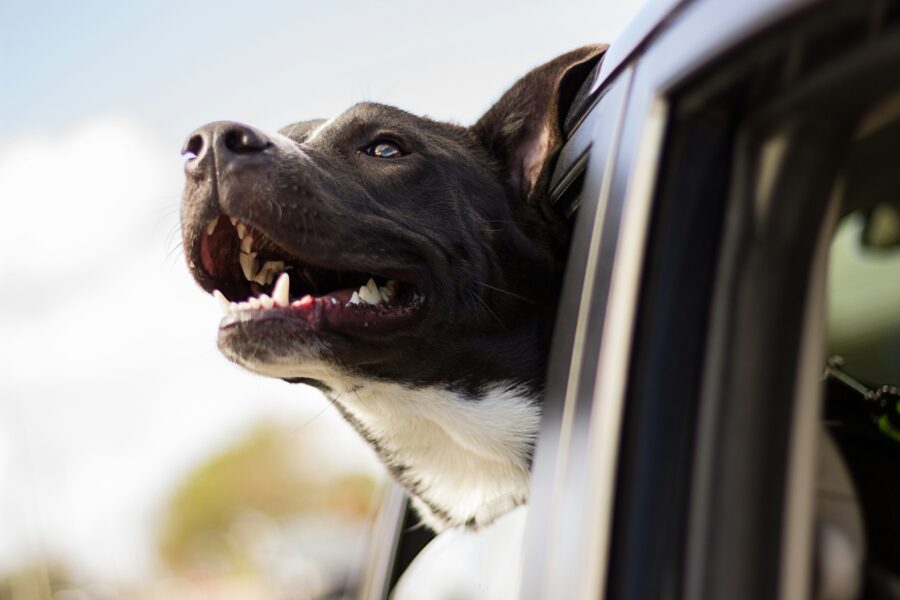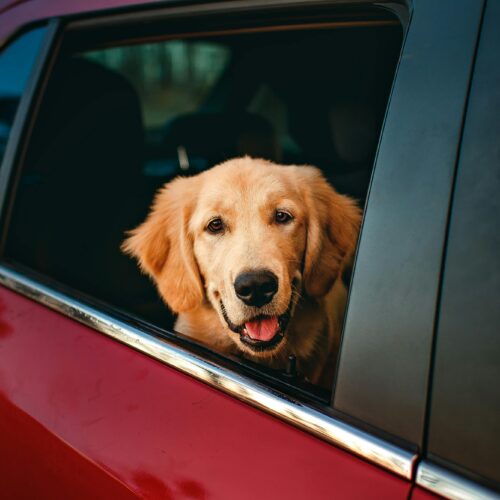For some dogs, car rides are a breeze. They jump in eagerly, ready for the adventure ahead. However, other dogs may experience fear, anxiety, or even nausea when faced with a car ride. Understanding why your dog feels this way is the first step in helping them learn to enjoy car travel.
Why Your Dog Might Be Afraid of Car Rides
A dog’s reaction to car rides often stems from their past experiences or lack of exposure to the car. They might associate the car with stressful trips to the vet or have had a negative experience on their first ride. Sometimes, they might simply be unfamiliar with the car environment and unsure what to expect. Whatever the reason, you can help your dog view car rides as a positive experience.
Steps to Introduce Your Dog to the Car
Introducing your dog to car rides requires patience and consistency. The key is to create a positive association with the car and gradually increase their comfort level. This process involves several stages, from familiarizing your dog with the car’s presence to taking short, enjoyable trips. Whether your dog is anxious or simply inexperienced, these steps will guide you in turning car rides into a pleasant and exciting activity for both of you.
Start Slowly and Offer Praise
Begin by bringing your dog near the car while it’s parked. Keep them on a leash and walk around the car slowly, praising them as they approach. If your dog remains calm, stop occasionally at the car door and give more praise. If they show signs of fear, step back to a distance where they feel more comfortable. Gradually work your way closer to the car until your dog is relaxed.
Use Treats to Encourage Car Entry
Once your dog is comfortable near the car, it’s time to encourage them to get inside. Use their favorite treats, breaking them into small pieces. With the car door open, place treats at the door’s threshold, on the car floor, and the seat. Use a positive command to invite them in, such as “let’s go” or “hop in.” If they are hesitant, you can have someone on the other side of the car call them through with treats or a favorite toy. Praise them enthusiastically when they get inside.
Allow Exploration and Reward Calm Behavior
Once your dog is inside the car, leave the doors open so it can leave if it feels overwhelmed. Allow it to sniff around and explore the car. Keep calm and avoid acknowledging any signs of anxiety. If it remains calm, reward it with treats and praise.
Gradually Increase the Challenge
Next, sit in the car with your dog and close the doors. Make sure the windows are down to provide good airflow. Turn on some gentle music and talk to your dog in a calm voice. If your dog shows any signs of nervousness, ignore it and continue to act normally. Give them treats and praise for calm behavior. Keep these sessions short initially, gradually increasing the time as your dog becomes more comfortable.
Start the Engine and Go for Short Rides
When your dog is relaxed in the car with the doors closed, start the engine without moving the car. If your dog remains calm, take a short drive around the block. Reward your dog for good behavior with treats and praise. If your dog becomes anxious, return home and try again another day. Avoid feeding your dog before car rides to prevent nausea.
Make Car Rides Fun
Once your dog is comfortable with short car rides, take them to fun destinations like the park or a nature trail. These enjoyable outings will help your dog associate car rides with positive experiences. With time and patience, your dog will look forward to car rides and enjoy exploring new places with you.
When to Seek Professional Help
If your dog continues to struggle with getting into the car or remains anxious despite your efforts, consider consulting a professional dog trainer. With guidance, you and your dog can conquer car ride anxiety and look forward to many adventures together.
For more tips and professional help on dog training, visit Kastens Dog Training to help your furry friend become a happy and confident car rider.
We Can Help!
At Kastens Dog Training, we’re dedicated to helping you build a lasting bond with your furry friend. Whether you’re dealing with behavioral issues or simply want to teach your dog some new tricks, we’ve got you covered. Take the first step toward a well-trained, happy dog!


